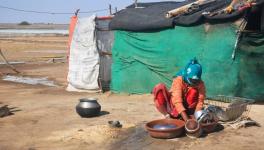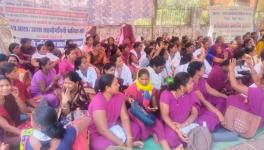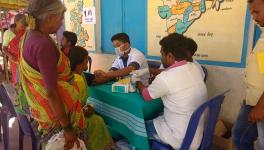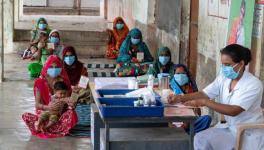India Records Decline in Maternal Mortality
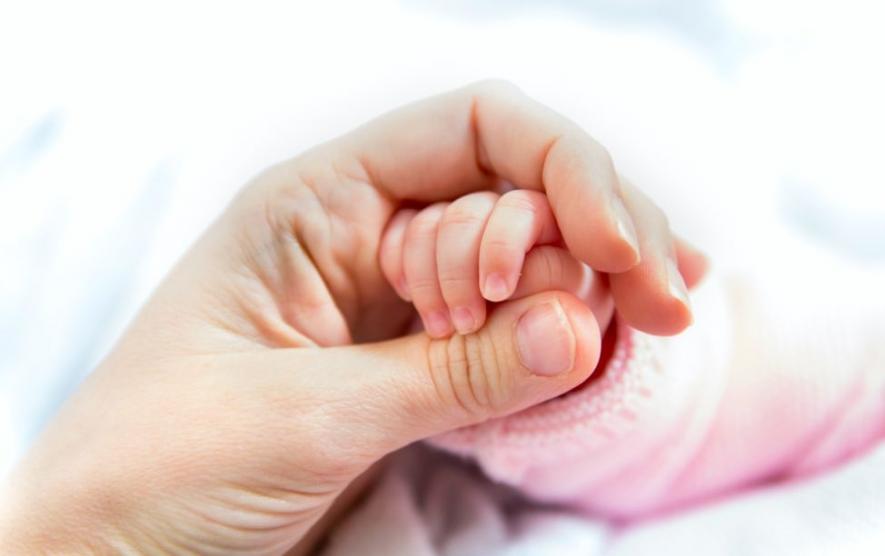
Image Coutesy: The India Saga
The country’s Maternal Mortality Ratio (MMR) has declined from 167 during the period 2011-13 to 130 in 2014-16 according to the special bulletin on maternal mortality published by the Registrar General of India. States, which have the worst MMRs – including “Empowered Action Group” (EAG) States comprising Bihar, Jharkhand, Madhya Pradesh, Chhattisgarh, Odisha, Rajasthan, Uttar Pradesh and Uttarakhand – and Assam have witnessed the largest decline – from 246 to 188.
MMR is defined as the number of maternal deaths per hundred thousand live births. The reduction from the previous period by 23 per cent means that every month, nearly a thousand fewer women in India die due to the various complications that arise from pregnancy.
Kerala has retained its position as the state with the lowest MMR, seeing a decline from 61 to 46, followed by Tamil Nadu that witnessed a decline from 79 to 66. These are the only states to have achieved the target of having MMR below 70 put forth by the United Nations (UN) as a part of its Sustainable Development Goals (SDG).
All the southern states have MMR figures well below the national average with Karnataka having 108, Telangana at 81 and Andhra Pradesh at 74. This, however, is not to discount the improvements in the states with higher MMRs; Assam, the state with highest MMR, has gone from 390 in 2007-09 to 328 in 2010-12 and finally to 237 in 2014-16.
When contacted by Newsclick, Dr.Sundaraman, professor at the School of Health System Studies at the Tata Institute of Social Sciences, attributed the great reduction in MMR figures for the states with the highest figures to the work done in “awareness building and improving healthcare-seeking behaviour.” He further said that this resulted in “reducing in exclusion of many from the basic level of care.” He also pointed out the work done by ASHAs (Accredited Social Health Activists) who are community health workers instituted by Ministry of Health and Welfare, as part of the National Health Mission (NHM). He added that the healthcare system of these states suffered the most during the Structural Adjustment Programmes, which were implemented as a part of the liberalisation policies. These programmes affected the healthcare systems of these states the most, and thus are also responsible for them lagging behind the national average and the better performing states.
Dr B Ekbal, member of Kerala State Planning Board, told Newsclick that the success of Kerala in achieving the lowest MMR was due to the fact of 100 per cent institutional deliveries, similar is the case for other states with low MMRs: they have high percentage of institutional deliveries. He added, “Even though 60 per cent of the deliveries are done in private hospitals, the government healthcare system has an important role here as well. It is the work done by the sub-centres of the Primary Healthcare Centres in generating awareness and providing healthcare to pregnant women, which enables and encourages them to reach the healthcare institutions for deliveries.”
He also highlighted the role of Integrated Child Development Services in providing much needed supplementary nutrition to poorer women.
Talking about the national scenario of the healthcare system, Dr. Ekbal said, “At present, the government is spending only 1.3 per cent on healthcare, while it should be at least 5 per cent of the GDP.” He also said that the increases in healthcare expenditure by the central government were insufficient and so is the outlay for the NHM.
About Kerala, specifically, he said, “The MMR is relatively higher than it should be when compared to other figures like the Infant Mortality Rate (IMR). He attributed this to the occurrence of suicides and some antenatal complications such as rheumatic heart disease. He added that the Communist Party of India (Marxist) (CPIM)-led LDF government “has decided to set its own targets of achieving MMR of 30 by 2020 and 20 by 2030.”
India’s MMR is lower than the international average. However, this might be due to MMRs of several sub-saharan, African countries being very high. There still remains a considerable distance that India has to cover when it comes to catching up with the developed countries in terms of stemming maternal mortality. At the same time, it is heartening that states like Tamil Nadu and Kerala have almost caught up with a country like Cuba (MMR - 39) which has a very high standard of healthcare.
While celebrating the decline in maternal mortality, India should remain cautious. This achievement is a result of an improved public healthcare system. The continuation of neoliberal policies which starve the health budget can lead to an adverse impact on the declining maternal mortality and the healthcare system in general.
Get the latest reports & analysis with people's perspective on Protests, movements & deep analytical videos, discussions of the current affairs in your Telegram app. Subscribe to NewsClick's Telegram channel & get Real-Time updates on stories, as they get published on our website.









